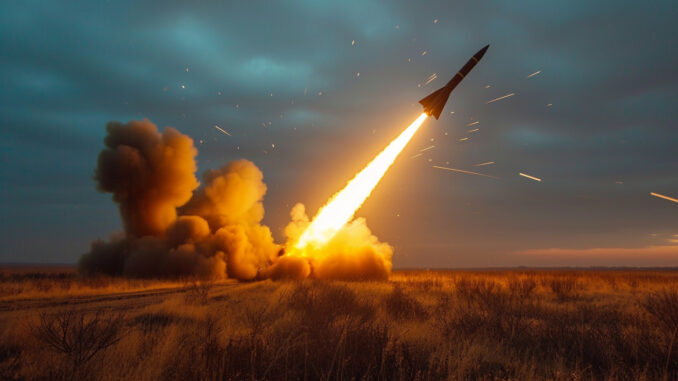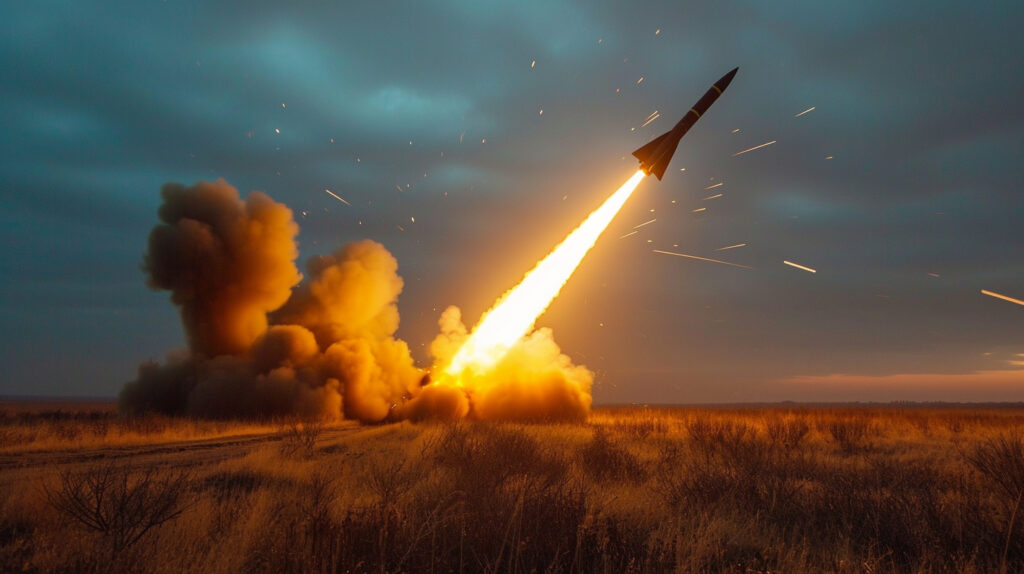
The White House authorizes Ukraine to use U.S.-supplied weapons to strike back at Russian positions in Russia, marking a significant change in policy.
Understand in 2 minutes
The White House has officially authorized Ukraine to use US-supplied weapons to strike Russian positions from the Kharkiv region. This change in policy allows Ukraine to retaliate against Russian attacks, including air strikes and artillery fire. This decision comes after several US allies have also agreed to the use of their weapons on Russian territory. This development could significantly alter the dynamics of the conflict in Ukraine, while increasing tensions with Moscow.
Authorization to use US weapons in Russia: a strategic turning point
The White House recently approved Ukraine’s use of US-supplied weapons to retaliate against Russian forces on Russian territory. This decision marks a major change in policy. Until now, Ukraine was prohibited from using these weapons against targets in Russia. According to two US officials, this authorization is specifically limited to the Kharkiv region, where Russian forces are carrying out intensive attacks using missiles, glide bombs and artillery.
This decision allows Ukraine to target Russian positions across the border, eliminating the sanctuary these forces used to launch attacks with impunity. This change could alter combat strategies, as Russian forces will now have to reconsider the use of their bases close to the Ukrainian border.
The scope and implications of Ukrainian strikes in Russia
Ukrainian strikes in Russia, enabled by this new authorization, could include the use of weapons systems such as M142 High Mobility Artillery Rocket Systems (HIMARS) and ATACMS short-range ballistic missiles. Although the Pentagon initially stated that there was no change in policy regarding the use of these weapons in Russia, the White House clarified that the weapons supplied could be used for counter-fire strikes in the Kharkiv region.
HIMARS and ATACMS have been used to devastating effect within Ukraine’s borders. For example, HIMARS have a range of 80 km and can launch precise strikes against high-value targets. ATACMS, on the other hand, have a range of up to 300 km, which would enable Ukraine to strike targets well beyond the current front line.

International reactions and allied support
Several US allies have also relaxed their restrictions on Ukraine’s use of their weapons. The UK, for example, has authorized the use of Storm Shadow cruise missiles inside Russia. Similarly, France has agreed to the use of SCALP EG missiles, and Germany has approved the use of weapons supplied under international law.
International support for Ukraine is growing, with countries such as Sweden, Finland, the Netherlands, Poland, the Czech Republic and Canada expressing their agreement to the use of their weapons on Russian territory. This coalition of support amplifies Ukraine’s ability to retaliate effectively against Russian forces and defend its territory.
The Russian response and the risk of escalation
Russia’s reaction to this change in policy remains a source of concern. Russian President Vladimir Putin warned that there would be “serious consequences” if Western weapons were used in Russia. He hinted that nuclear strikes against smaller European countries could be envisaged if NATO allowed Ukraine to carry out deep attacks on Russian territory.
This threat underlines the risk of a major escalation of the conflict. The use of nuclear weapons, while unlikely, remains a possibility that could trigger a global response. Putin’s statements are intended to dissuade the West from providing Ukraine with additional offensive capabilities, while increasing the pressure on allied countries.
Consequences for Ukraine and the ongoing conflict
Authorizing the use of US weapons to strike targets in Russia could have significant consequences for Ukraine. By reducing the offensive capabilities of Russian forces close to the border, Ukraine could improve its strategic position and strengthen its defenses. Moreover, this increased ability to retaliate could deter future Russian attacks.
However, this new dynamic could also lead to an intensification of hostilities. Russia could respond with more aggressive and intensified attacks against Ukrainian targets, seeking to compensate for the losses it has suffered. Ukraine will therefore have to balance the use of its new offensive capabilities with the need to protect its infrastructure and population.
The authorization given to Ukraine to use American weapons to strike targets in Russia represents a strategic turning point in the conflict. This decision, supported by several US allies, could change the dynamics of the conflict in Ukraine’s favor. However, the risks of escalation and Russia’s unpredictable reactions will need to be carefully managed to avoid an uncontrolled escalation of hostilities.
War Wings Daily is an independant magazine.